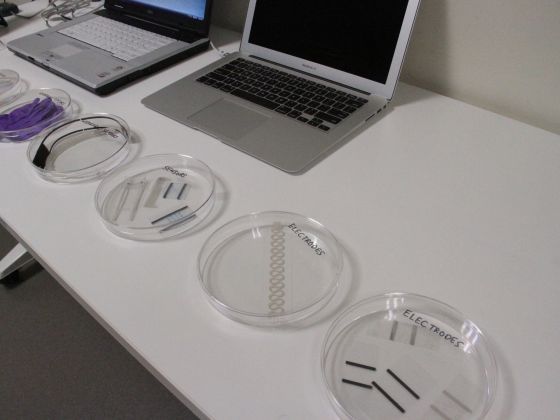SINGAPORE, Sept 23 – National University of Singapore scientists have created a wearable liquid-based tactile sensor, using 2D materials suspended in liquid.
Compared with conventional tactile sensors, which are typically in solid-state form, these microfluidic sensors are less rigid and bulky, and they are more flexible, making it suitable for purposes like healthcare monitoring, e-skins and drug delivery via skin patches.
It can also be used for soft robotics and prosthetics.

The sensor was developed by scientists from NUS’s faculty of engineering led by Professor Lim Chwee Teck from the department of biomedical engineering.
The sensor, which took about nine months to develop, is fabricated on a flexible substrate such as silicone rubber, and uses 2D nanomaterial suspended in liquid form, such as graphene oxide, Lim said at a media briefing today. This makes the sensors small, thin and highly flexible. The team took care to use materials that are non-toxic.
This technology is also cost-effective and more affordable than available conventional technology.

However, the team has yet to find a way for the sensor to function on its own as it lacks its own power source. They are working with other departments to make this possible.
A patent for this sensor has been filed this year. The team hopes to see it in the market soon.
Said Lim: “With the rapid advancement of healthcare and biomedical technologies as well as consumer electronics, we are optimistic about new possibilities to commercialise our invention.” — TODAY






















